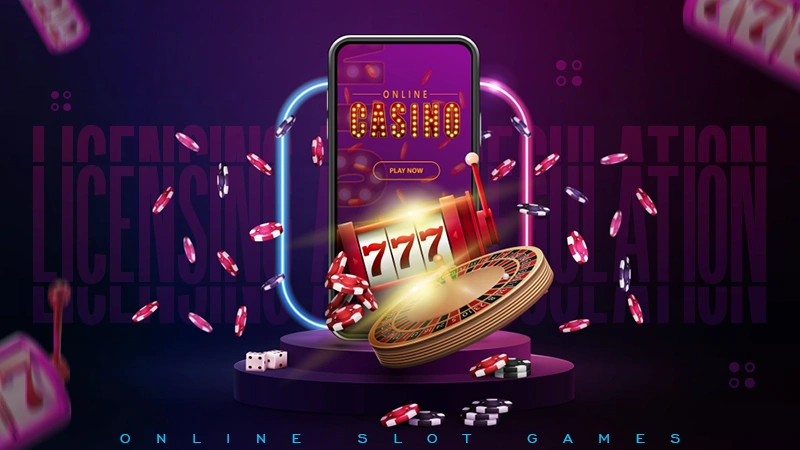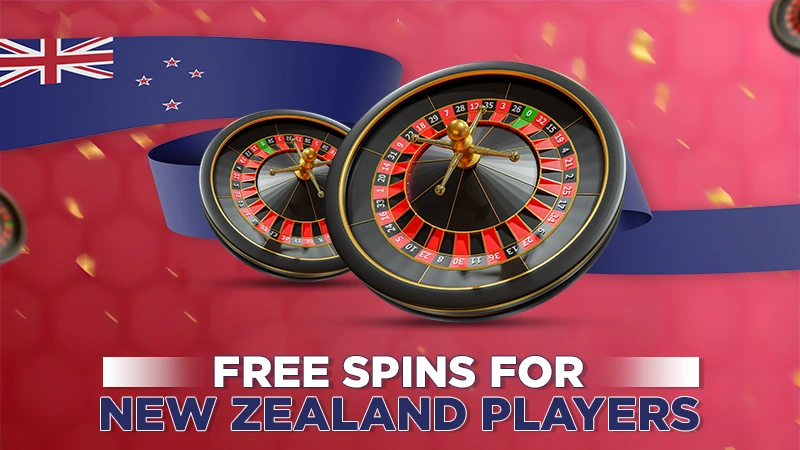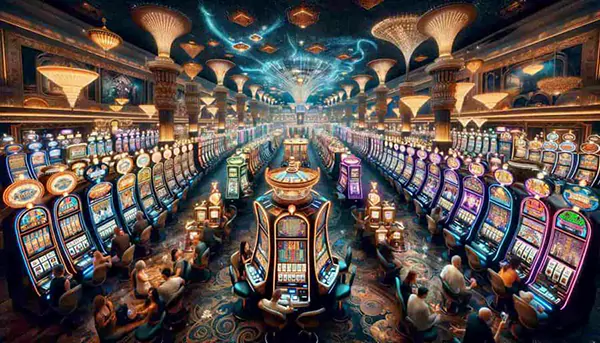
Las Vegas, often referred to as “Sin City,” is synonymous with the allure of the casino scene. The glitz and glamour of neon lights, the sound of chips clinking, and the thrill of the gamble create an exhilarating atmosphere that draws millions each year.
At the heart of this entertainment epicenter is the ubiquitous slot machine, a symbol of chance, luck, and the promise of life-changing rewards.
This article takes you on:
- A historical journey through the evolution of coin-machines
- An exploration into their inner workings
- A glimpse into the myths and misconceptions surrounding these devices
- A look at the future of coin-machines in Sin City
The Evolution of Slot Machines

The story of coin machines in Las Vegas starts in the early 20th century, a time when the city was just beginning to find its footing in the world of gambling. The first slot machines, called “Liberty Bell” machines, were introduced by Charles Fey, a mechanic from San Francisco.
These simple, mechanical devices had three spinning reels featuring diamond, spade, and heart symbols, as well as an image of a cracked Liberty Bell. A spin resulting in three Liberty Bells in a row produced the highest payout, a total of 50 cents!
As Las Vegas grew in popularity as the nation’s gambling capital, so did the presence of slot machines. They made their way into every corner of the city, from the glitzy casinos on the Strip to the local bars and even the McCarran International Airport.
Today, visitors stepping off their flights are greeted with the city’s signature clinking and jingling sounds as slot machines line the Las Vegas airport corridors, offering a taste of Sin City’s unique gambling culture right from the moment you arrive.
The Inner Workings of Slot Machines
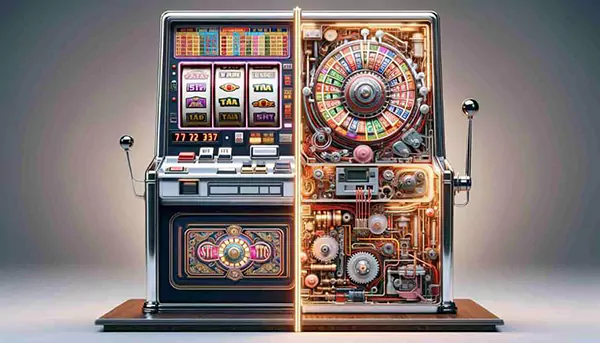
Modern-day slot machines may look flashy and high-tech, but at their core, they still operate on the same principles as the old mechanical machines.
Each machine has a computer chip called a random number generator (RNG), which constantly produces random numbers, determining the outcome of each spin. This ensures that every spin is completely random and independent from the previous one.
Contrary to popular belief, there is no such thing as a “hot” or “cold” machine – each spin has an equal chance of winning or losing. The odds of hitting a certain symbol combination on the reels are determined by the number of virtual stops, which correspond to each physical reel.
For example, if a coin machine has 20 virtual stops per reel and five reels, there would be 3.2 million possible combinations (20 x 20 x 20 x 20 x 20). This means the chances of hitting the jackpot are extremely slim, making them notoriously difficult to win.
The Myths Surrounding Slots in Vegas
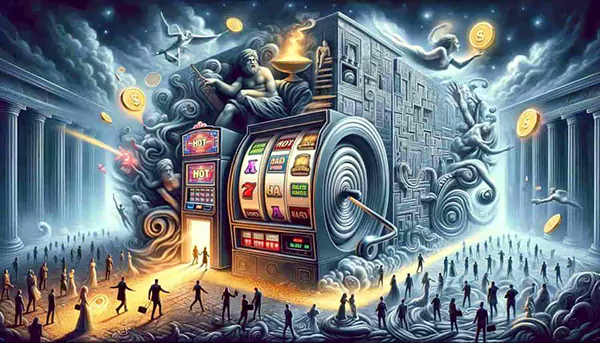
“Loose” and “Tight” Machines
One of the most common myths is that certain machines are “looser” or “tighter” than others, meaning they have a higher or lower payout percentage.
However, all slot machines in Vegas must adhere to strict regulations set by the Nevada Gaming Control Board, ensuring that each machine’s payout percentage falls within a certain range. This means that all machines are essentially equal in terms of their odds of winning.
“Near Misses” and “Patterns”
Another popular misconception is the belief that near misses (when a player almost hits a winning combination) or patterns on the reels indicate an imminent win.
In reality, these are just coincidences and do not affect the outcome of the spin. Each spin is completely random and has no connection to previous spins or upcoming ones.
“The Gambler’s Fallacy”
Many people fall into the trap of thinking that if a machine hasn’t paid out in a while, it must be due for a big win. This is known as the gambler’s fallacy and is a dangerous mindset to have when playing slots. Each spin is independent and has the same odds of winning as the previous or next spin.
“Playing at Certain Times”
Some people believe that playing at a certain time of day, such as late at night or early in the morning, will increase their chances of winning.
However, coin machines operate continuously and do not have specific “hot” or “cold” periods. The time of day has no impact on the outcome of a spin.
“Playing the Maximum Bet”
There is a common belief that playing the maximum bet on a machine will increase your chances of winning. While it may give you a higher payout if you do win, it does not affect the odds of hitting a jackpot or winning combination. Each spin is still random, regardless of the bet size.
A Look at the Future of Slot Machines in Sin City
While coin machines have been a staple in casinos for decades, the introduction of new technology and changing player preferences have sparked a shift in the industry. In recent years, Las Vegas has seen a decline in slot machine revenue, leading to casinos exploring new ways to attract players.
One trend that is gaining popularity is skill-based gaming. These machines require players to use their skills or knowledge to win, rather than relying solely on luck. This appeals to a younger demographic who may find traditional coin machines uninteresting.
Another change is the integration of virtual reality technology into slot machines. This allows players to immerse themselves in a virtual world while playing their favorite games. It’s an exciting development that could attract a new generation of gamers to casinos.
Also, casinos are investing in more sophisticated data analysis tools to track player behavior and tailor their slot offerings accordingly. This allows them to create personalized experiences for players, increasing the chances of retaining loyal customers.
Conclusion
While the fundamentals of slot machines remain the same, the industry is constantly evolving and adapting to stay relevant in an ever-changing market. From skill-based gaming to virtual reality, there are exciting developments on the horizon that will keep players engaged and entertained.
As technology continues to advance, it’s safe to say that we can expect even more innovations in the world of coin machines in the years to come.
So in case you’re a seasoned player or new to the world of casinos, keep an eye out for these exciting changes in gaming. Who knows what the future holds, but one thing is for sure – slot machines are here to stay.
